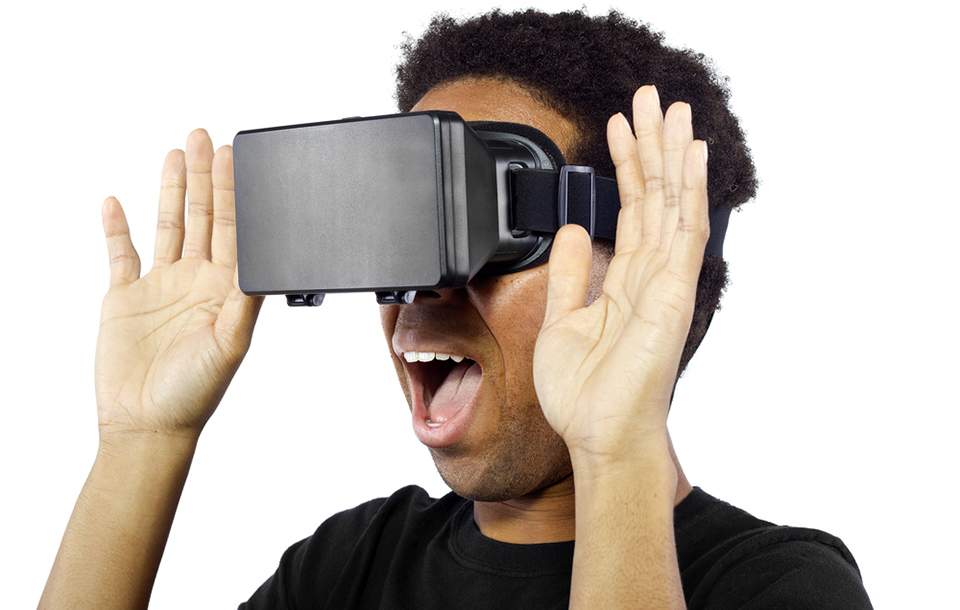
Fear Fighters
Virtual reality gear is cool for games. But these young innovators show that it can also be used to help people overcome phobias.
For their Senior Design project, Bryce Mariano ’15 and Paul Thurston ’15 put the hardware of virtual reality video games into play in a slightly different way: developing a simulation tool to help people overcome phobias. Trained therapists can use the VR tool that the two students designed for the Oculus Rift to guide patients through a controlled world of exposure to potentially terrifying things, such as heights. As the patient with acrophobia takes in a 360-degree view from atop a building, the therapist can alter the virtual height and the resultant view—backing off or increasing exposure as needed according to the patient’s emotional response. Mariano studied Web design and engineering and minored in studio art, and Thurston studied computer science and engineering. They hope to work in the video game industry.